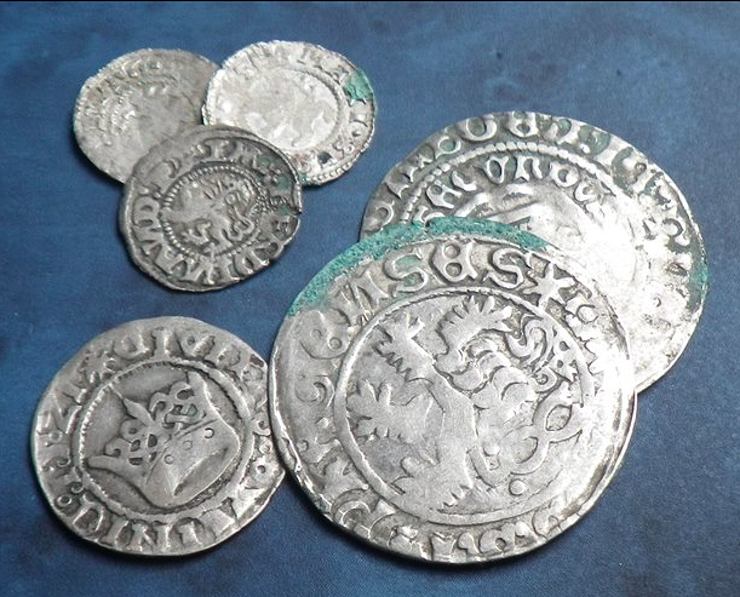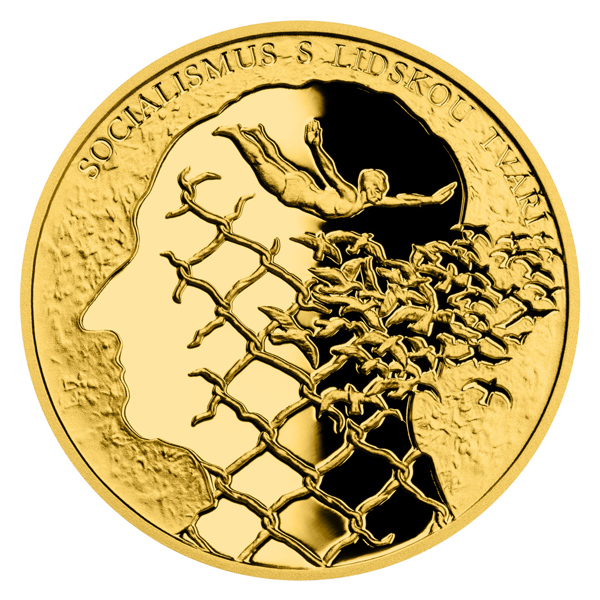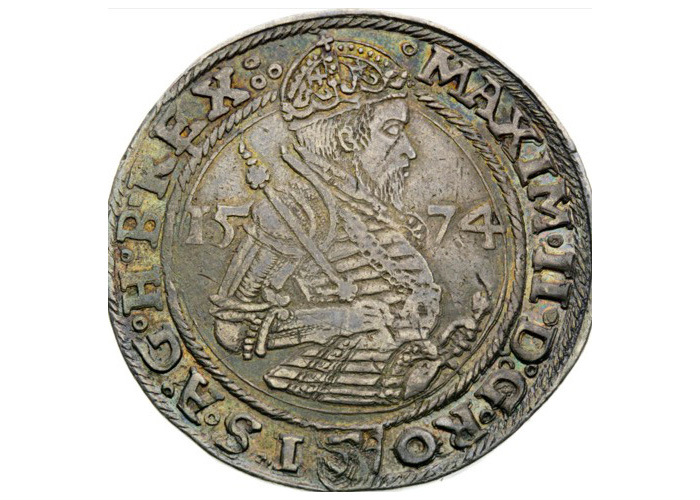Best Reasons To Numbering Czechoslovakia Medals
Wiki Article
How Is A Plaster Mold Created To Serve As An Initial Physical Representation For The Gold Medal Or Coin?
It is vital to know that the designer or artist will employ the gold coin or medal design to guide. This design can be drawn with a pencil or pen, or a design created using graphics design software. It is also possible to use other materials like wax or clay.
Plaster Mixing- Plaster with water mix to create a smooth consistency. It's essential to make a consistent mixture that's without lumps.
Designing the Base: Design a base or platform where the maquette sculpture can be created. This base could be a wooden board or flat surface that offers stability.
The Maquette is sculpted using the gold pattern as a template. The process involves shaping the plaster in order to create a relief or a three-dimensional model of the coin or medal.
Refinement and Detailing The artist will concentrate on adding fine details, redefining the shape of the design and ensuring that the proportions are correct. Attention to detail and precision are essential at this point.
The time needed for drying and setting After the sculpting has been done, the sculpted plaster must be allowed to dry and settle. This allows for the maquette's form to be retained and its hardening.
Finishing and Smoothing Finishing and Smoothing - The maquette's surfaces are further refined and polished after drying to remove imperfections rough spots, bumps, and imperfections.
Sealing and Preservation - To preserve maquettes and make them ready for the future process like scanning or mold making, an adhesive or protective layer may be put on.
The resultant maquette is used as a tangible, three-dimensional depiction of the gold coin or medal design. It can be used to represent a number of stages in the process of production, such as scanning for digital reproduction, or making molds for production on a large scale. Artists can also make use of it to see and tweak the design. Read the recommended Prague Mint gold medals plaster molds website advice. including buy gold coins near me, valuable gold dollar coins, 1 oz gold coin, gold and coin dealers near me, gold eagle, silver and gold buyer near me, 1 ounce gold bullion, gold silver dealers, $20 gold piece, gold penny and more.

How Does The Janvier Machine Transfer Gold Medals Or Coins From Master Hubs To The Working Hub?
A Janvier machine is also known as a pantograph, or reducing machine. It's used to transfer the designs of a coin or medal from a master to the working center. This is a brief description of this Master Hub Creation.
Master dies are the original mould or die that has exactly the design that appears on the coin. It is usually made using CNC machine or other precise techniques to ensure accuracy.
Janvier Machine - Setup
The Janvier machine includes an instrument for drawing the design on the hub master, and a cutter that duplicates the design.
The hub master is securely fixed to the Janvier machine and acts as the template from where the design will be transferred.
Tracing Design-
The Janvier machine employs styluses to trace the contours and details of the design. The stylus captures the contour of the design as it moves across the hub's surface.
Reduce the Design-
In parallel, the Janvier machine's cutting tool replicates the traced design the hub that is working. The hub is constructed from a less hard metal than the master, usually steel or nickel.
The cutting tool reduces, or copies the design to the working hub in a smaller or reduced scale as compared with the hub that is master. This reduces the possibility of striking coins and medals that are the exact size.
Precision and Accuracy-
Janvier's machine is precise and ensures the perfect transfer of design information from the master to the work hub. The machine is able to reproduce even the most minute details and contours.
Quality Control
The resulting working hub is subject to quality checks and examination to make sure that the transfered design meets the specifications and precision required to strike it.
More Processing
The Janvier machine's working hub can be used to create coins or medals. The mold or die is used to make multiple medal or coin blanks using the transferred design.
The Janvier machine plays a crucial role in the minting procedure, as it allows the exact reproduction and reduction of intricate designs on medals and coins from a working hub to the master hub. These hubs then are utilized in the mass production of medals and coins by striking. Have a look at the best janvier processing Czechoslovakia gold coins more advice. including gold medal gymnasts, sell gold silver near me, american eagle gold coin price, gold & silver bullion, gold buffalo coin, 10oz gold bars, purchase gold coins, sacagawea gold dollar, british sovereign gold coin, gold and coin shops near me and more.

In What Ways Do Gold Coins And Medals Go Through Coating Processes To Protect The Metal?
There are a variety of reasons gold coins and medals may be coated. This includes the protection of your investment, enhancement to aesthetics or to achieve certain effects. These are some of the coating techniques that are utilized.
Clear protective coating (Varies) Clear protective layer, such as a lacquer or polymer, is applied to shield the surface of the medal or coin from oxidation and tarnishing. The coating will preserve the original look of the medal or coin and shields the base metal.
Enhancement Appearance
Gilding or gold platingthe surface of a gold-plated coin or medal could be covered with a thin layer gold. The medal or coin will appear more elegant and lustrous.
Aesthetic aspects
Patina or antique finishes are made by chemical treatments or special coats. This creates a aged or oxidized appearance on the surface. It gives character and depth to your design.
Colorization or Coloring - Some metals or coins are colored in specific areas with the help of coatings, enamels or special coatings. These colors may be used to highlight particular design elements or to make a contrast.
Anti-Tarnish Coatings-
Anti-Tarnish Solution – If the medal or coin has intricate designs, or certain areas that are susceptible to tarnishing, you might want to apply anti-tarnish products. These coatings are made to keep the metal from discoloring or oxidizing over time.
Specialized coatings to protect or authentication-
UV-Reactive Coatings and luminescent Coatings: Some coins or medals are coated with coatings that contain UV reactive, which reveal encrypted elements or hidden components for security reasons or authentication.
Selective Coatings with Contrast
Selective Coating Removal - Some pieces of gold and coins have had their coatings removed in specific areas to make a distinction between the polished surface and the coated surface, which emphasizes design elements.
Each coating process serves a particular purpose, whether it's to protect the metal, improve its appearance, achieve certain aesthetic effects, or add security features. These coatings can greatly enhance the look and durability of medals and coins made of gold, thereby increasing their value and appeal to collectors. Have a look at the top coating Czechoslovakia gold coins more info. including 1 10 gold eagle, 1 ounce gold bullion, gold coin values, 20 dollar gold coin, twenty dollar coin, 1 10 gold eagle, 2000 sacagawea dollar, 1 oz gold buffalo coin, sacagawea gold dollar, 24 karat gold coin and more.

How Are Gold Blanks Supplied And Stamped With High Pressure Into Coin Presses For Minting?
During the production process Gold blanks will be taken into coin presses in which they are pressed using high pressure. This transforms them into completed coins or medals. Here is a quick overview of the steps in loading blanks.
In a feeder system linked to the press, the gold blanks have already been prepared and tested for quality. This feeder system is accountable for maintaining an uninterrupted flow of blanks into the machine.
Feeding Blanks into the Press
The feeding system is designed to direct the blanks one at a time into the striking chamber. This guarantees the exact placement of each blank to be stamped.
Alignment, Positioning and Positioning
The blanks are placed and positioned in the striking chamber of the press in order to ensure they are perfectly centered for the stamping process.
Moving under Pressure
A coin press applies pressure to the blanks of gold using two dies, one stationary, the other moving. The stationary die makes negative marks on the design of the coin, while it is moving that die acts as the hammer, which hits the blank.
The die moving transfer the design of the blank onto its surface with considerable force. Die pressure results in raised relief and detail on the coin.
Repeated Striking-
Multiple strikes can be utilized to create a more sharply defined design or image on better quality coin and medals. Each strike refines the detail in the blank.
Ejection and Collection-
The coins or medals will be released and placed into containers or trays when they've been struck. Quality control is carried out to ensure the designs adhere to specifications.
Post-Processing-
The style of the coin or medal could require further processing, for example, edge lettering (either edge or reeding) or post-strike treatments.
The process of stamping gold blanks using high pressure is essential as it imprints the desired design on them, making them finished medals and coins which can be used for the purpose of commemoration and collection, or even circulation. Precision is required, as any slight deviation in the pressure or alignment of the gold-plated blanks may result in a negative impact on the appearance and quality of the final product. View the top rated minting Prague Mint gold medals site tips. including liberty gold coin, american buffalo coin, krugerrand coin, 2000 dollar coin, mexican gold coins, st gaudens double eagle, buy gold coins, maple leaf gold coin, sell gold and silver near me, golden and silver and more.
